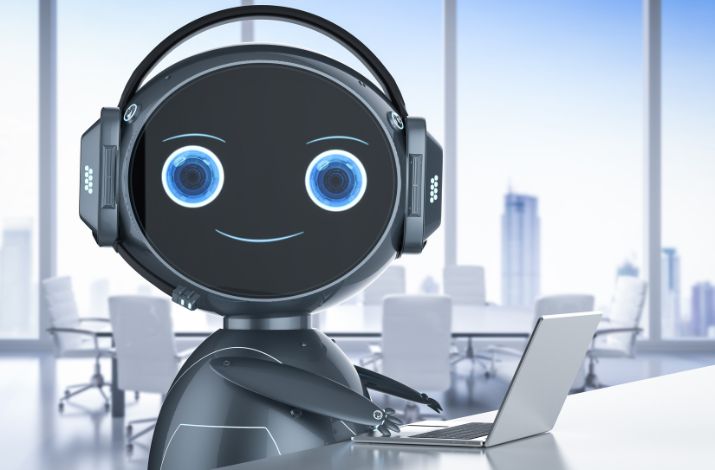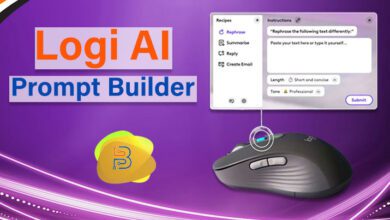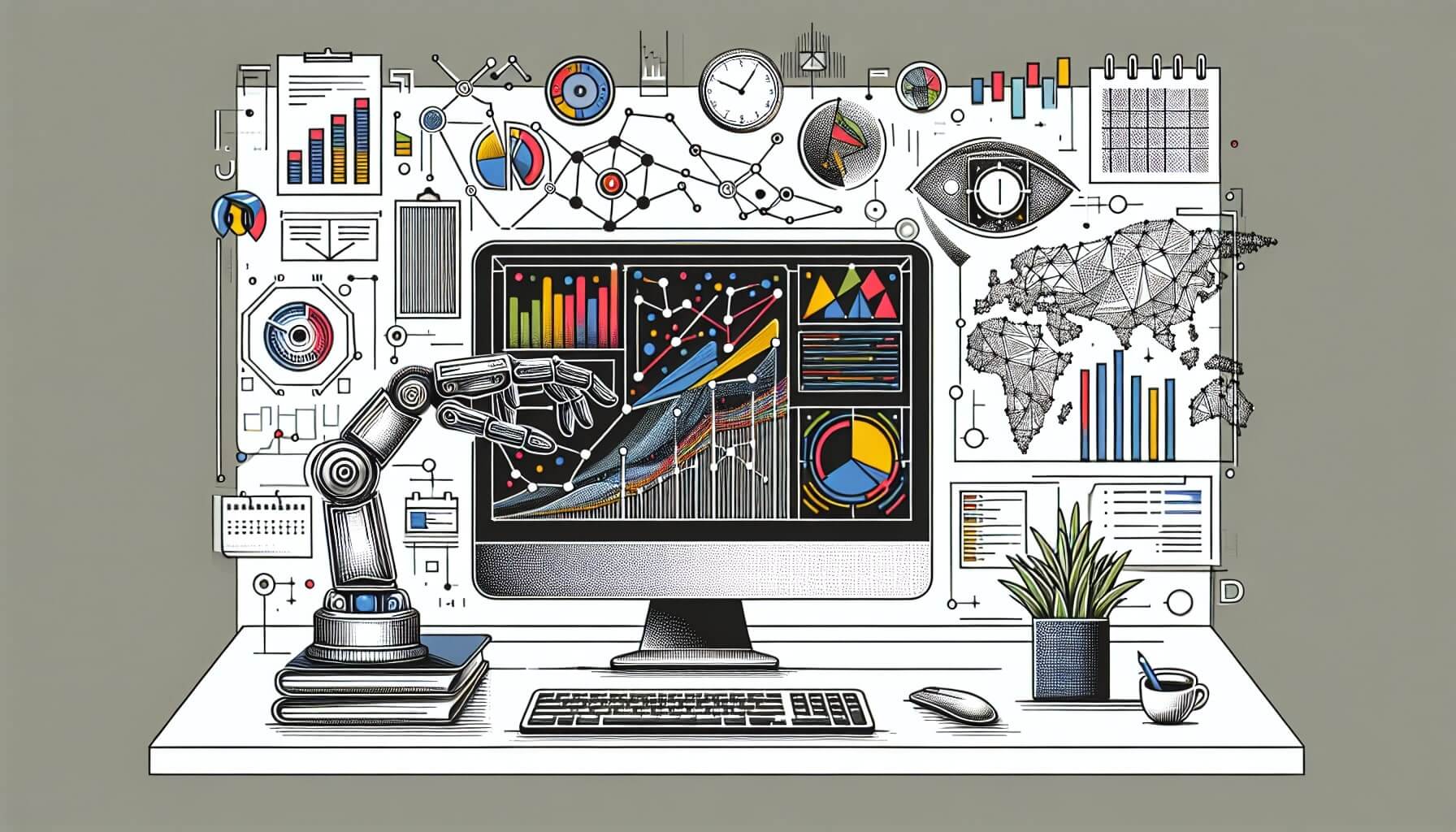Customer Service Automation- How to Get it Right

Customer service is critical to success for businesses to provide customers with solutions to their queries. Companies that excel in customer support frequently enjoy increased customer loyalty, acceptable word-of-mouth advertising, and a regular brand reputation. However, providing fantastic customer support may be difficult, specifically as corporations develop and customer inquiries become more frequent and complex. This is where customer service automation comes into play. The processes of customer service automation improve efficiency and enhance the overall customer experience when implemented correctly.
In this article, we will explore the fundamental principles and strategies for getting customer service automation right.
What is Customer Service Automation?
Customer Service Automation is the use of technology, software, and artificial intelligence (AI) to streamline and automate various aspects of the customer service and support process. It involves utilizing automation tools and systems to handle routine and repetitive tasks, interactions, and inquiries from customers. This process overall enhances the customer experience to provide businesses with great success.
How to Get Customer Service Automation Right
Businesses need to implement customer service automation right to harness its power to offer their customers the best experience. This will help them to enhance customer engagement, which will lead to a boost in conversion rates. Here, you will get a complete guide to implementing customer service automation:
Identify the Right Processes to Automate
It needs to be considered that not all customer service tactics should be computerized. You want to start by figuring out the repetitive and time-consuming responsibilities that can be streamlined through automation to save money and time. Familiar candidates for automation include FAQ responses, appointment scheduling, and order tracking.
Choose the Right Tools and Technology
Businesses need to understand that selecting the appropriate automation tools and technology is crucial to employ it in the right way. Consider factors such as ease of integration with your existing systems and scalability. Moreover, the ability to provide a seamless omnichannel experience for customers should be integrated.
Develop a Clear Automation Strategy
It is essential to refine a clear strategy for how automation will be integrated into your customer service operations. This will assist you in harnessing the energy of automation to offer your clients an great enjoy. Outline unique dreams, metrics, and key overall performance indicators (KPIs) to degree the achievement of your automation efforts.
Provide Human Oversight
While automation can handle many tasks, it is essential to have human agents available to intervene when necessary. You need to ensure that there is a transparent process for escalating inquiries that require human intervention. This strategy will help to keep your business safe from any harm.
Personalization
Automation should not sacrifice personalization. Use data and customer insights to tailor automated responses and recommendations to individual customer needs and preferences. Personalization will help you to engage with your customer on a better level to enhance their loyalty towards the brand.
Customer Education
Inform your customers about the automation tools and channels available to them. Provide guidance on how they can get the most out of self-service options and automated support. This is also helpful in providing them value, and when they come to know what they are acquiring, then they tend to be loyal towards you.
Measure and Analyze
You are free to make use of information analytics to song the overall performance of your automation efforts usually. Monitor KPIs including reaction times, customer delight rankings, and backbone costs to perceive areas for development. This will enable you to improve your efforts to obtain better effects.
Real-World Examples of Customer Service Automation
To better understand how customer service automation can be implemented effectively, let’s look at a few real-world examples:
Chatbots for Quick Responses
Many companies use chatbots on their websites and messaging platforms to answer common customer questions quickly. These chatbots can deliver information about products, help with troubleshooting, and even initiate the purchasing process.

Self-Service Portals
Companies often provide self-service portals where customers can find answers to FAQs, access user guides, and troubleshoot issues independently. These portals are user-friendly and can influencially reduce the volume of customer inquiries.
Automated Email Responses
Businesses can use automatic e-mail responses to renowned purchaser inquiries and set expectations for reaction times. This reduces anxiety and affords customers with the warranty that their issues are being addressed. This will also ensure customers that they are offered value and importance, leading to enhanced customer loyalty.
Social Media Listening Tools
Automation tools are able to monitor social media platforms for mentions of your brand and automatically route customer feedback. Moreover, they can send complaints to the appropriate support team for quick resolution.
Ending Note
Customer service automation isn’t always only a competitive gain in an generation in which purchaser expectancies are higher than ever. It has emerge as a need for groups. When achieved correctly, it could beautify overall performance, reduce prices, and beautify the overall patron enjoy. However, it is essential to approach automation strategically, keeping in mind the significance of personalization, human oversight, and continuous improvement. By doing so, corporations can ensure that customer support automation turns into a precious asset in their quest to provide awesome customer support.






